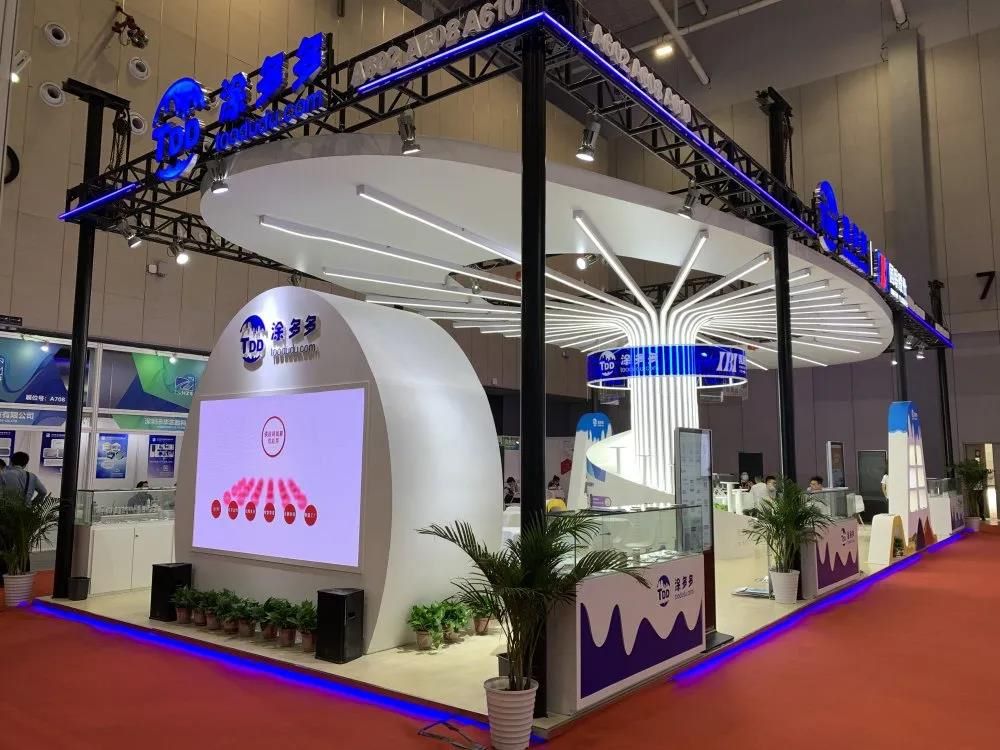Liquid silicone rubber: Sealing applications
In the continuous development of materials science, liquid silicone rubber has stood out with its unique properties and has become one of the most popular materials in the field of industrial manufacturing.
Liquid silicone rubber can achieve short cycle time and excellent processing performance, which has brought great changes and efficiency improvements to many production and manufacturing links.
The key to liquid silicone rubber's short cycle time lies in its special molecular structure and curing characteristics. Its molecular chain has good fluidity, and it can quickly undergo cross-linking reactions under low temperature and pressure conditions to complete curing and molding.
Compared with traditional rubber materials, liquid silicone rubber does not require a complex and time-consuming heating and pressurizing vulcanization process, which greatly shortens the molding cycle.
Taking the injection molding process as an example, when using liquid silicone rubber, the entire process from injecting raw materials into the mold to product molding and demolding can be completed in just tens of seconds, while traditional rubber may take minutes or even longer.
This short cycle time not only significantly improves production efficiency and reduces production costs, but also enables companies to quickly respond to market demand and adjust production plans in a timely manner.
Its excellent processing performance is also impressive. Liquid silicone rubber has good fluidity and can easily fill mold cavities of various complex shapes.
Whether it is a component with fine structure, tiny holes, or a product with special curved surface shape, it can be accurately molded and perfectly reproduce the details of the mold. In addition, liquid silicone rubber has strong adaptability to molds and can be used with molds of various materials. It is not easy to produce defects such as bubbles and shrinkage marks during processing, and the product qualification rate is high.
At the same time, it can also flexibly adjust its hardness, tensile strength, temperature resistance and other properties by adding different additives and fillers to meet the needs of different application scenarios.
These excellent properties of liquid silicone rubber make it shine in the field of sealing, especially suitable for radial sealing. In the automotive industry, automotive connector sealing is a key link to ensure the stable operation of automotive electrical systems.
During the driving process, the car will face complex environmental conditions such as vibration, high temperature, and humidity.
The automotive connector seals made of liquid silicone rubber can fit the connector interface tightly with good elasticity and weather resistance, effectively prevent moisture, dust, oil, etc. from entering the connector, avoid circuit short circuits, poor contact and other problems, and ensure the safe and reliable operation of the automotive electrical system.
In the field of electrical connector seals/gaskets, liquid silicone rubber also plays an important role. As electronic equipment develops towards miniaturization and integration, the structure of electrical connectors is becoming increasingly sophisticated, and the requirements for sealing materials are becoming higher and higher.
Liquid silicone rubber has excellent insulation properties and can effectively isolate conductors with different potentials to prevent leakage and electrical interference; at the same time, its good aging resistance enables it to maintain stable sealing performance in long-term electrical operating environments and extend the service life of electrical equipment.
In addition, liquid silicone rubber is also widely used in waterproof sealing. Whether it is outdoor electrical equipment, underwater instruments, or consumer electronic products, reliable waterproof sealing is required to protect internal components.
Liquid silicone rubber can form a firm sealing layer on the surface of various substrates. Even if it is subjected to external force impact or temperature changes, it can still maintain a good sealing effect, providing reliable waterproof protection for the equipment, allowing it to work normally in harsh environments such as humidity and immersion.











